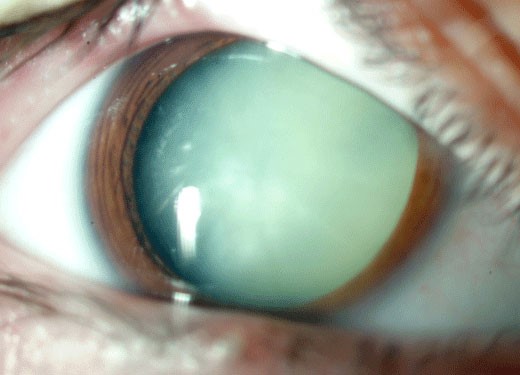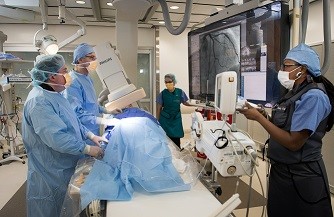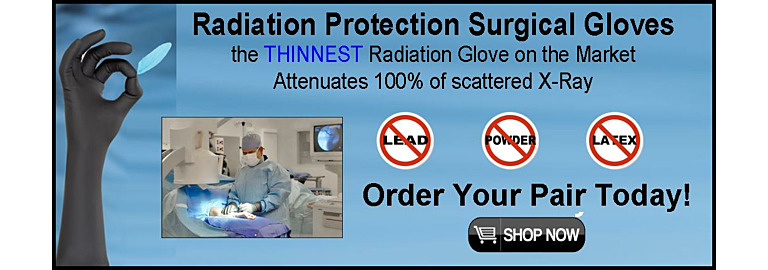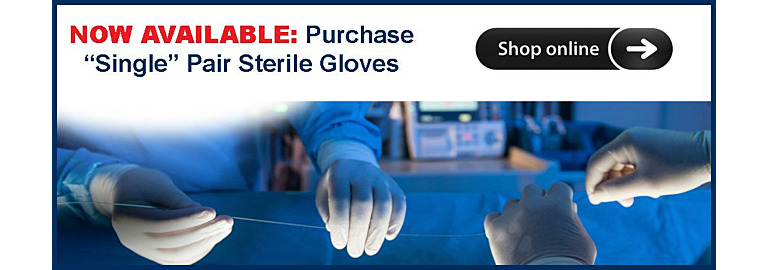With June being Cataract Awareness Month, we felt it was important to talk about the dangers of radiation to the eye and the risk of Cataracts. There are currently more than 24 million Americans aged 40 or older who have cataracts; the leading cause of blindness in the United States. There has been a lot of research over the years in the understanding of how radiation exposure can directly affect the eye. The first radiation-induced cataracts were reported in 1949 and by the 1960s, several hundred cases were reported. The severity of the biologic effects from radiation exposure is based on the absorbed dose and the extent of the area exposed. The potential to develop a cataract depends on the absorbed dose and rate of dose accumulation.


Radiation exposure can result in many health issues, including radiation burns, birth defects, cancers and yes even cataracts. Although the understanding of radiation safety and radiobiology has greatly increased over the last ten years, radiation exposure still remains a risk to patients and radiology professionals. A thorough understanding of radiation safety, including the principles of time, distance, shielding, and technique, is essential. It’s important to learn more about radiation exposure to the eyes and what kind of Radiation Glasses you can wear to protect yourself.
How does Radiation Increase Risk for Cataracts?
Investigators in the Radiation Epidemiology Branch (REB) have identified a significant exposure-response between low-dose cumulative occupational radiation exposure to the eye lens and the risk of cataracts. These findings were published online in 2018 in the European Journal of Epidemiology. Prior to this study, it was known that relatively high-dose exposure to ionizing radiation (greater than 0.5 Gy) could induce cataracts, but there was no evidence for risk at low doses under 100 mGy. REB investigators evaluated cataract and cataract surgeries reported by participants from Radiologic Technologists in the USA. Over 12,000 eligible technologists reported a history of diagnosis of cataracts and over 5,500 reported undergoing cataract surgery. Cumulative occupational radiation dose to the eye lens was associated with increased risk of cataract even at low doses less than 100 mGy. This finding challenged the threshold dose for cataract formation, and further changed the recommended dose threshold levels for the eye.
Eyes Are More Sensitive Than Previously Believed
The International Commission on Radiological Protection reduced the radiation dose threshold from 5.0 Gy to 0.5 Gy for the eye and the yearly dosage threshold was reduced from 150 mSv (sievert) to 20 mSv, averaged over 5 years. This came after studies showed that radiology professionals who worked around radiation had a much higher rate of developing cataracts than those who did not. Furthermore, the risk of developing cataracts increased with the length of time spent around radiation and frequency of exposure to radiation.
Cataract Risk in a Cohort of U.S. Radiologic Technologists Performing Nuclear Medicine Procedures | Radiology (rsna.org)
How Can You Decrease Your Risk?
It’s important to decrease any radiation exposure to the eye. Neglecting to properly shield your eyes from radiation exposure is a risk for cataract development. A person’s height, the length and time spent in procedures such as fluoroscopy, the number of procedures performed, # of years in the radiology field, and the angle at which radiation hits the eye lens, are all risk factors that need to be taken into consideration when evaluating a person’s overall risk for cataract development. The wearing of Lead Glasses has shown a reduction in the amount of radiation exposure to a user's eyes from 0% to 97%. Wearing Radiation Protective Lead Glasses is important for x-ray technologists and other radiology healthcare professionals. Lead Glasses can be manufactured with and without prescription lens including single vision and bifocal glasses. We also sell Fit-Over Radiation Glasses that fit easily over your existing glasses for the same level of protection. Wearing lead glasses can significantly reduce the amount of scatter radiation that reaches the lens of the eye.

Z&Z Medical Solutions for Eye Protection
Z&Z Medical supplies a wide variety of lead glasses for all size faces making shopping easy online at www.zzmedical.com It’s so important for radiology technologist and other healthcare professionals to equip themselves with high quality dependable lead glasses to protect eyes and lower your risk. To learn more about cataract treatment as part of Cataract awareness month, visit www.preventblindness.org








